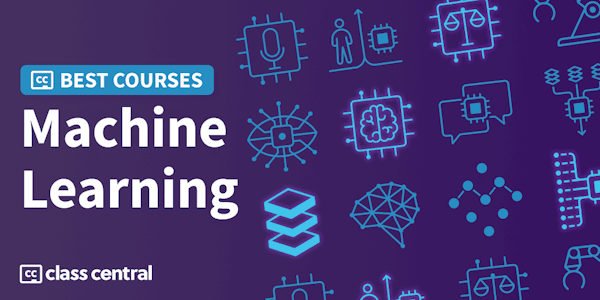Scientific Machine Learning: Opportunities and Challenges - Keynote
The Julia Programming Language via YouTube
Overview
Syllabus
Welcome and information about JuliaCon 2020.
Introduction and acknowledgments.
Outline of the talk.
What is Scientific Machine Learning (SciML)?.
What are the opportunities and challenges of SciML?.
BIG DATA alone is not enough.
Using physics base models means that we are doing Computational Science.
Problem 1: Complex multiscale multiphysics phenomena.
Problem 2: High dimensional parameters.
Problem 3: Data are sparse, intrusive and expensive to acquire.
Problem 4: Rare events.
Problem 5: Uncertainty qualification.
SciML and Computational Science, summary.
Example: flow inside a rocket engine combustor.
Example: equations of flow inside a rocket engine combustor.
Physics-based model are powerful but computationally expensive.
Overview of model reduction methods.
Similarities and differences between model reduction and ML.
Can we have the best of two worlds (model reduction and ML)?.
Overview of Lift & Learn approach.
Example: Lift & Learn approach to 2D flow in a rocket engine.
Example: Training of the model.
Example: Comparing results for pressure and temperature.
Outlook of SciML.
Diverse future of computational science and programming languages.
Q&A: Advice for people bringing ML approach to scientific problems.
Q&A: Pitfalls of the interplay between domains knowledge and ML.
Q&A: Does the present approach improve the fidelity of solution of highly non-linear systems?.
Taught by
The Julia Programming Language

